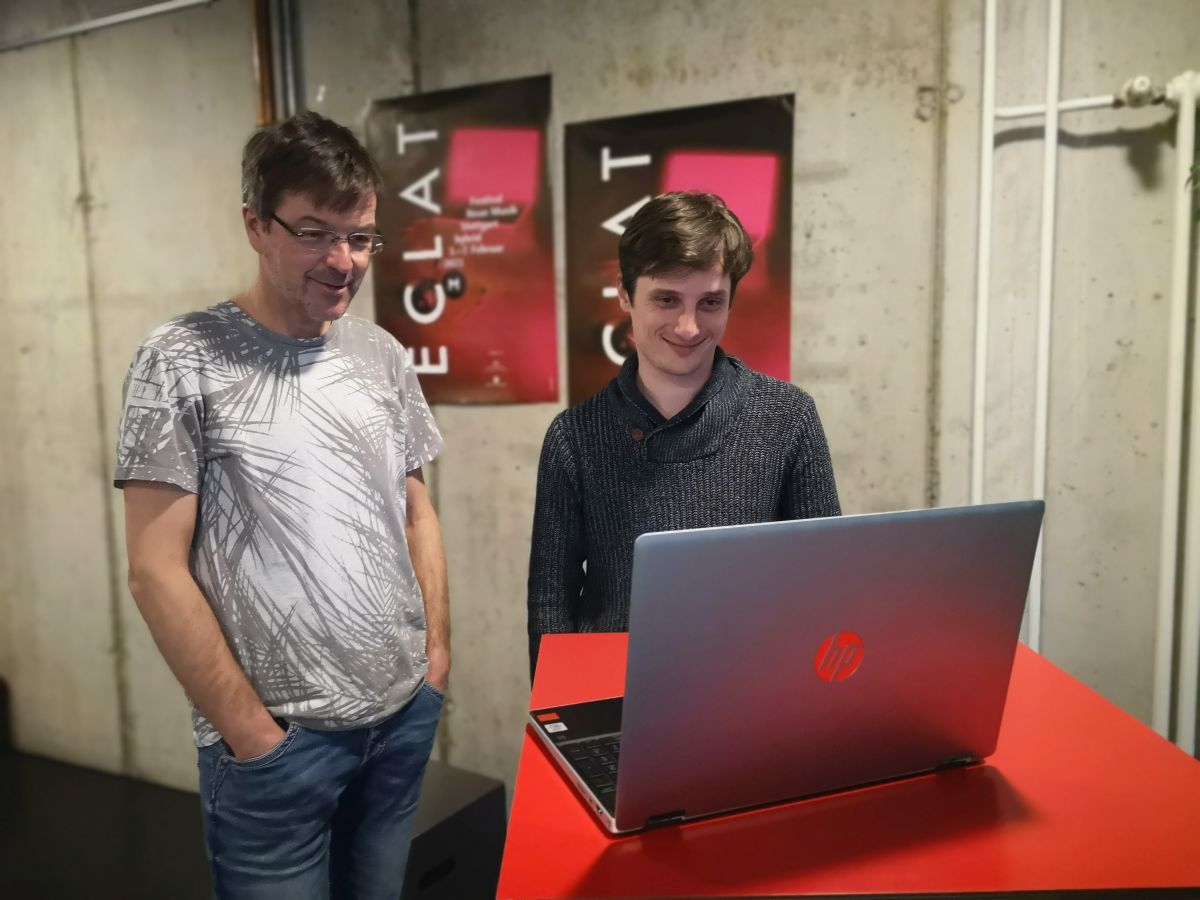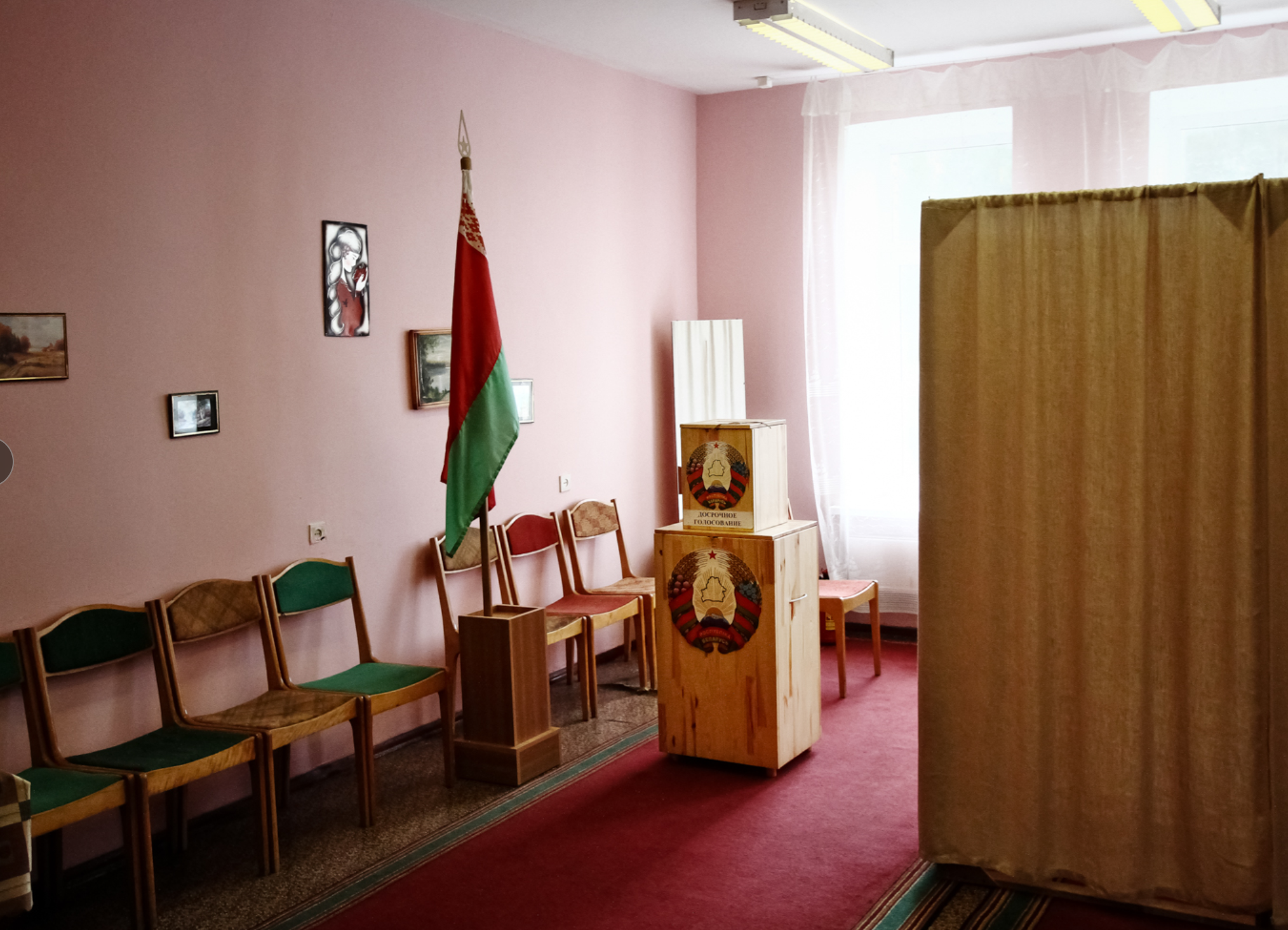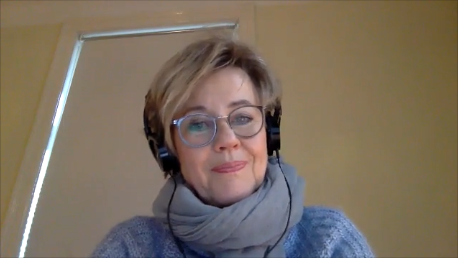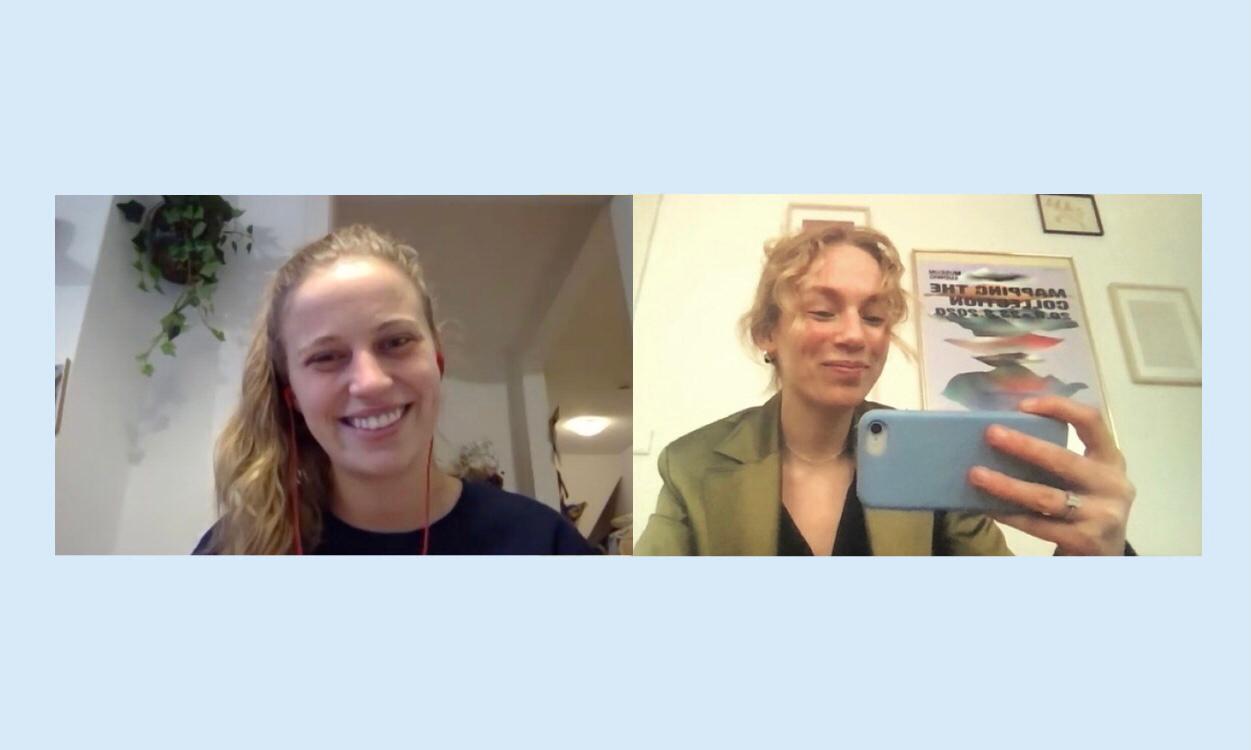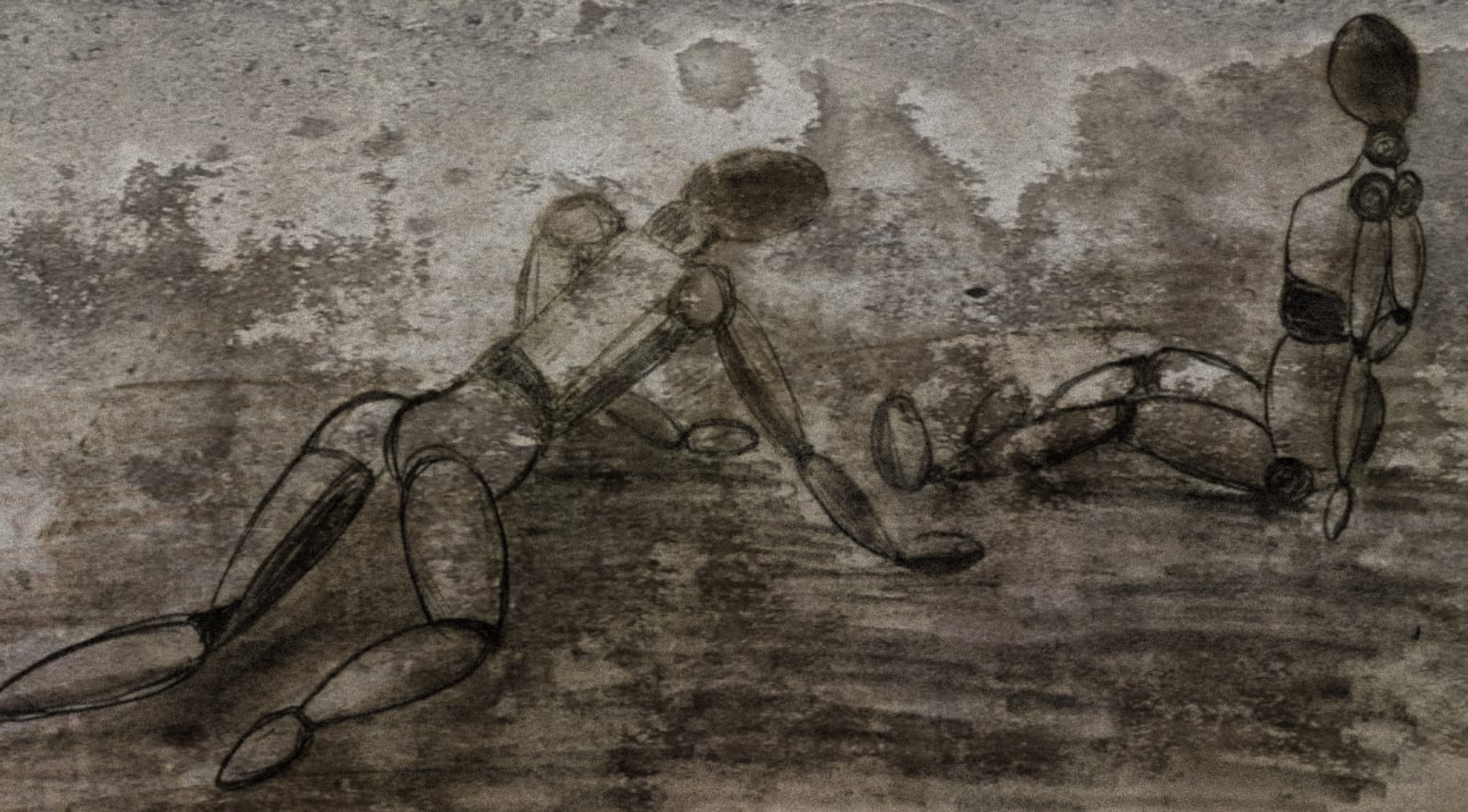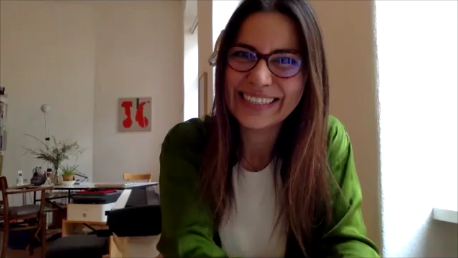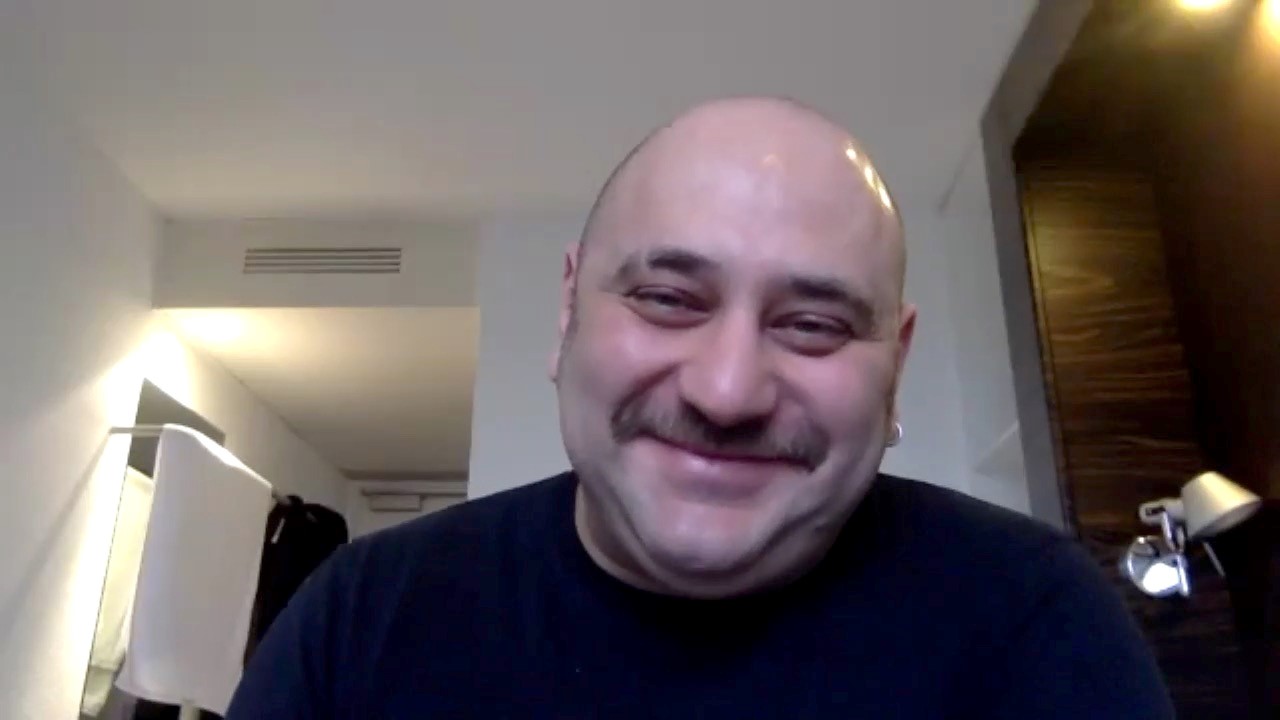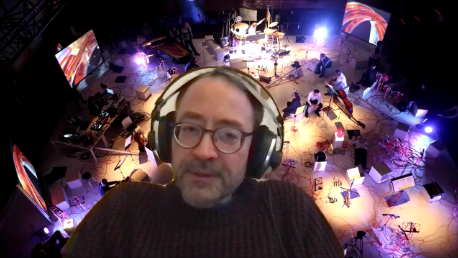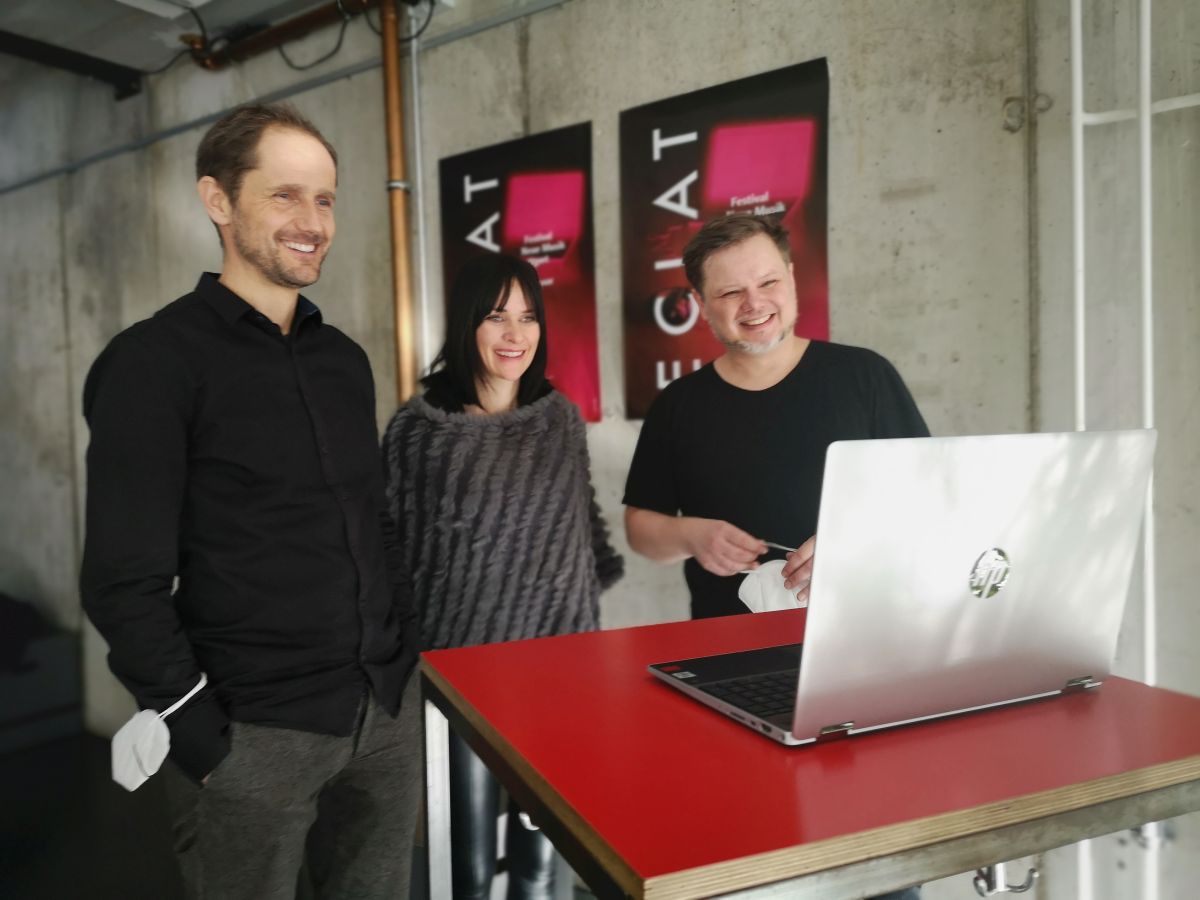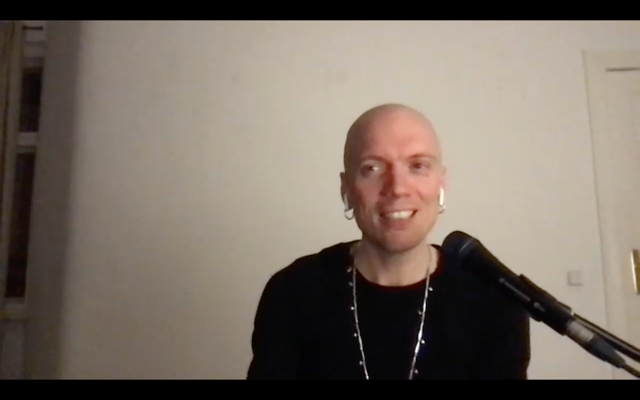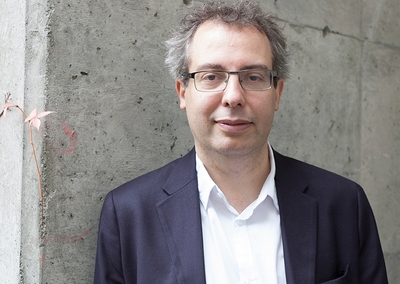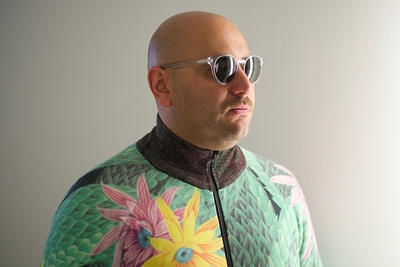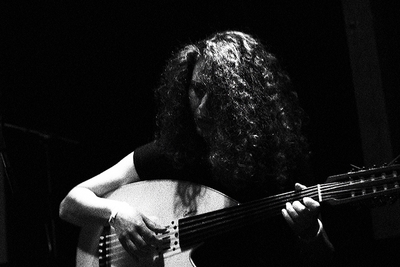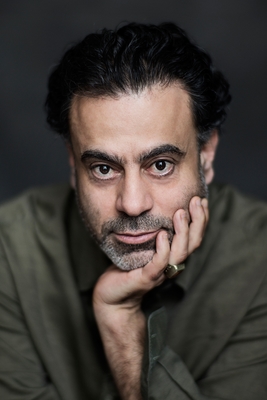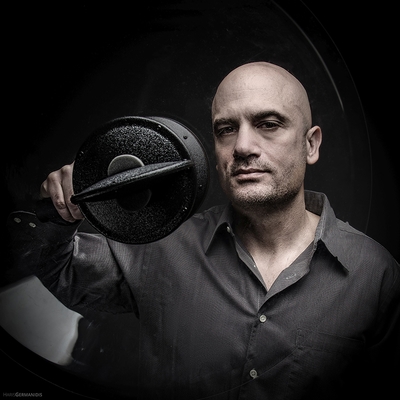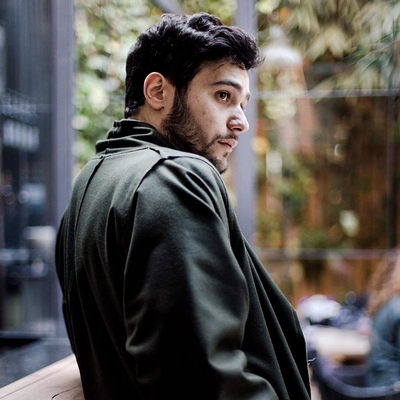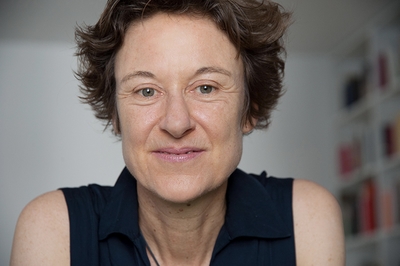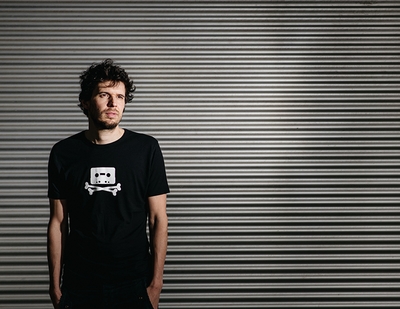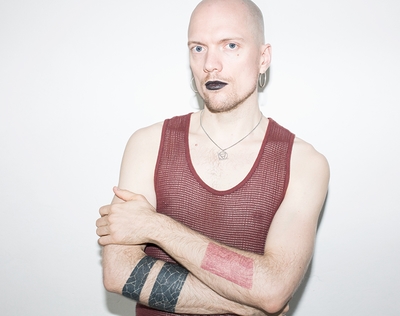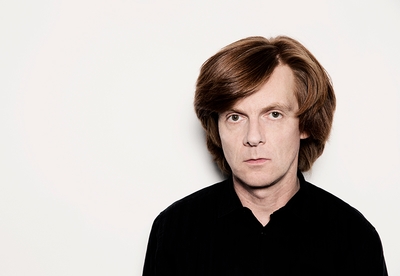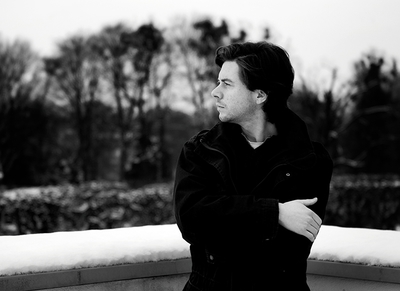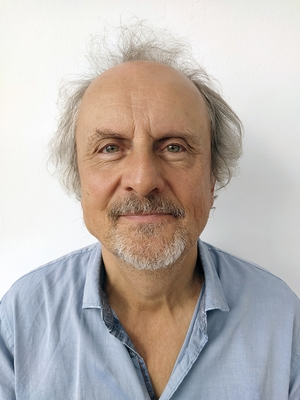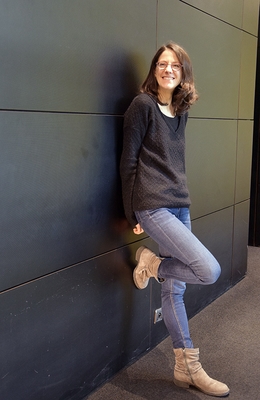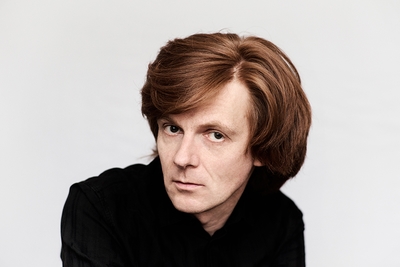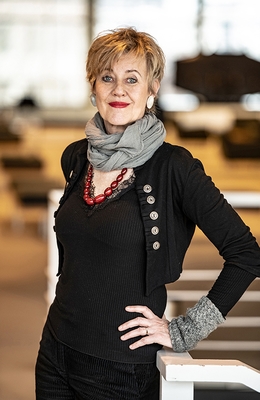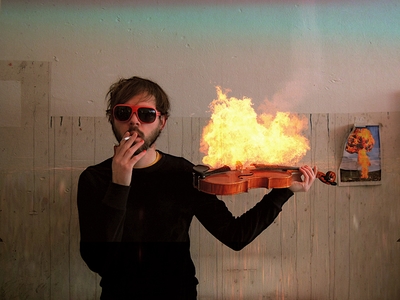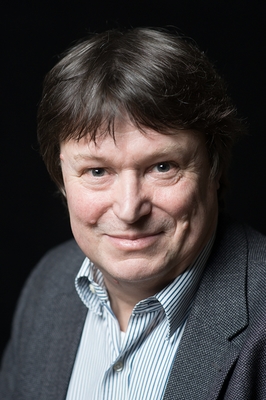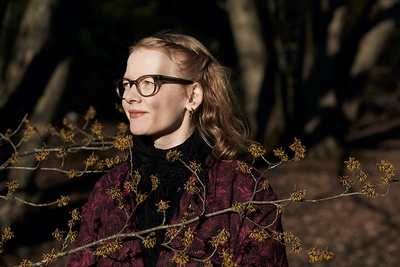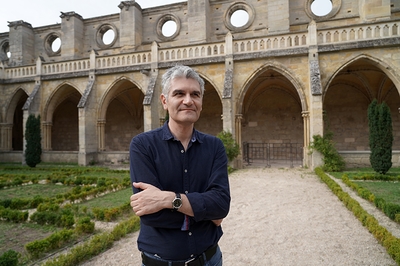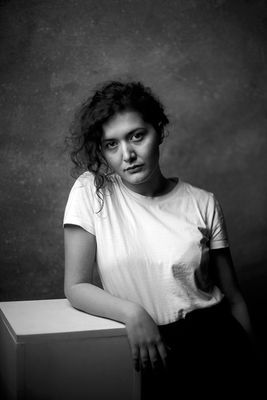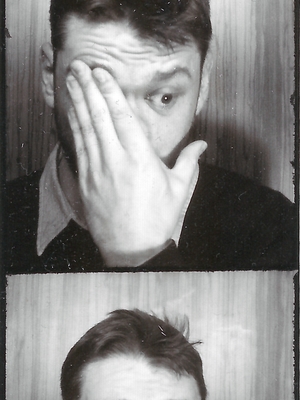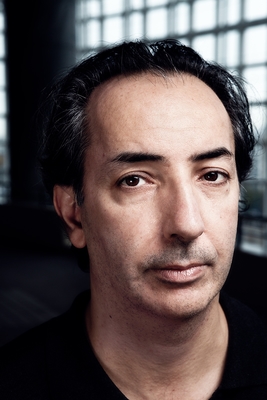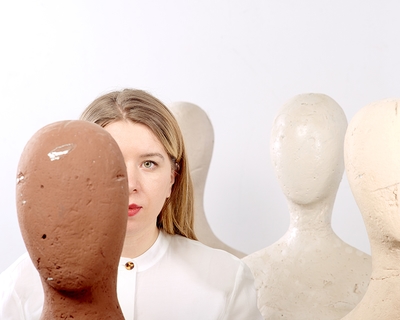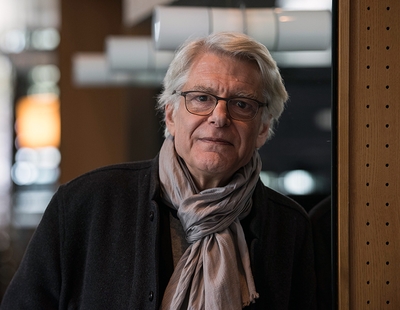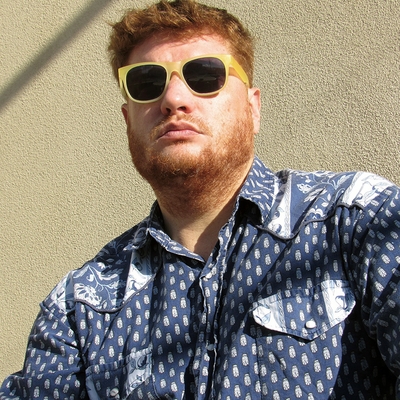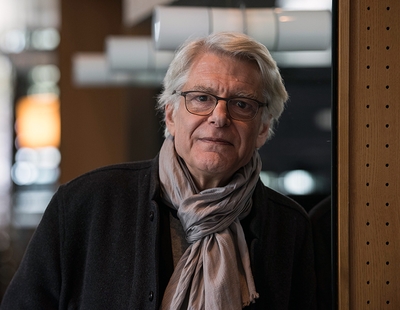Deutsch
Mokurai sagte: «Du kannst den Klang von zwei Händen hören, wenn sie zusammenklatschen. Zeig mir jetzt den Klang einer einzelnen klatschenden Hand…»
Sgorgo Y, N, oO, wurden für „die einzelne linke Hand“ geschrieben.
Die Notwendigkeit, die rechte Hand des Musikers immer auf dem Whammy Bar (der Vibrato-Stange) zu halten, ist der Grund dafür, dass alles andere mit der linken Hand gemacht werden muss. Die linke Hand ‹verkörpert› auch die rechte Hand (Funktion, Rolle, mögliche Artikulationen) und es geht um eine hochschwierige technisch/musikalische Herausforderung.
Meine ganze Bewunderung und Dankbarkeit gilt dem Interpreten Yaron Deutsch, welcher die drei Stücke, dank seiner kostbaren Arbeit und konstanter Inspiration, zu einer endgültigen klanglichen und formalen Klarheit geführt hat.
„Sgorgo“ kommt aus dem Italienischen „sgorgare“ (ausgießen, herausfließen).
Plötzlich und überraschend fließt etwas heraus: eine Welle von Energie. Zuerst sieht diese klangliche Welle nur chaotisch oder unfassbar aus, eine Art instabile und ständig in Schwingung befindliche Textur oder Artikulation. Danach – dank eines langen, kreisförmigen Weges von
– Hören,
– Bauen/Abbauen,
– dem Fokussieren der Aufmerksamkeit auf jedes einzelne Detail,
–unerwartete Unterbrechungen, immer wieder beginnend (eigentlich gibt es keinen Ausgangspunkt oder Endpunkt in einem Kreis…), hat man den Eindruck, schon immer in einer vertrauten Klangwelt zu sein und gewesen zu sein.
In jedem der drei Stücke erscheint eine unterschiedliche Ausgangswelle, die in sich schon ihre mögliche künftige Entwicklung hat, so dass sich jedes Mal eine neue Klangdimension öffnet.
Periodisch, ohne erkennbaren Grund, unterbricht der Musiker (in ritueller Weise) den Kontakt mit dem Instrument: das Grundgeräusch des elektrifizierten Instruments ist ein Brummen und erfüllt den Raum als einzige akustische Präsenz. Der Musiker (der Mensch) wartet einfach darauf, dass der elektrifizierte Klang seinen tiefen, rhythmischen Zyklus weiterführt oder vollendet.
Das ist die Quelle, aus der das Ausgießen kommt. Es geht um einen (möglichen) Versuch, eine organische Verbindung mit einer nicht-organischen Klangquelle zu schaffen, und das zur Klarheit zu bringen: wie ein Klang (ein Mensch) seine Eigenschaften löst und seinen Rhythmus modifiziert, in tiefem Kontakt mit einer elektrifizierter Quelle.
In der Schluss Sektion von Sgorgo oO, dem dritten Teil dieses Triptychons für solo E-Gitarre, wird endlich nur die elektrifizierte und digitale „rhythmische Seele” des Klanges
(eigentlich eine künstlich gezwungene und bearbeitete Hintergrundresonanz) aktiv sein, die bisher immer nur im Hintergrund oder in isolierten Erscheinungen zu erkennen war.
Jetzt wird die ursprüngliche elektrifizierte Energie von dem Interpreten nur weiter moduliert und orientiert: der Kontakt ist entstanden, die zwei Dimensionen harmonisieren sich miteinander, der elektrifizierter Klang ist kein einfaches Objekt mehr, der Musiker zelebriert seine Würde...
Sgorgo Y 2012 ist Yaron Deutsch gewidmet.
Sgorgo N 2013 ist eine intime Hommage an Luigi Nono.
Sgorgo oO 2013 ist Jeff Beck gewidmet.
(Pierluigi Billone)
English
Mokurai said: "You can hear the sound of two hands clapping together. Now show me the sound of a single hand clapping..."
Sgorgo Y, N, oO, were written for "the single left hand".
The need to keep the musician's right hand on the whammy bar (the vibrato bar) at all times is the reason why everything else must be done with the left hand. The left hand also 'embodies' the right hand (function, role, possible articulations) and it involves a highly difficult technical/musical challenge.
All my admiration and gratitude go to the performer Yaron Deutsch who, thanks to his precious work and constant inspiration, has brought the three pieces to a final tonal and formal clarity.
“Sgorgo” comes from the Italian “sgorgare” (to pour out, to flow out).
Suddenly and surprisingly, something flows out: a wave of energy.
At first, this sonic wave only looks chaotic or intangible, a kind of unstable and constantly oscillating texture or articulation.
Then - thanks to a long, circular path of
- listening,
- building/dismantling,
- focusing attention on every single detail,
- unexpected interruptions, starting again and again (actually there is no starting or ending point in a circle...),
one has the impression of being and having been in a familiar sound world all along.
In each of the three pieces, a different initial wave appears which already has its possible future development, so that each time a new sound dimension opens up.
Periodically, for no apparent reason, the musician (ritualistically) stops the contact with the instrument: the basic sound of the electrified instrument hums and fills the room as the only acoustic presence. The musician (human being) simply waits for the electrified sound to continue or complete its deep rhythmic Cycle.
This is the source from which the outpouring comes.
It is about a (possible) attempt to create an organic connection with a non-organic sound source, and to bring that to clarity: how a sound (a human being) loosens its properties and modifies its rhythm, in deep contact with an electrified source.
In the final section of Sgorgo oO, the third part of this triptych for solo electric guitar, finally only the electrified and digital "rhythmic soul" of the sound
(actually an artificially forced and processed background resonance) will finally be active, which until now was only ever visible in the background or in isolated appearances.
Now the original electrified energy is only further modulated and oriented by the performer: contact has been established, the two dimensions harmonise with each other, the electrified sound is no longer a simple object, the musician celebrates his dignity...
Sgorgo Y 2012 is dedicated to Yaron Deutsch.
Sgorgo N 2013 is an intimate tribute to Hommage an Luigi Nono.
Sgorgo oO 2013 is dedicated to Jeff Beck.
(Pierluigi Billone)

